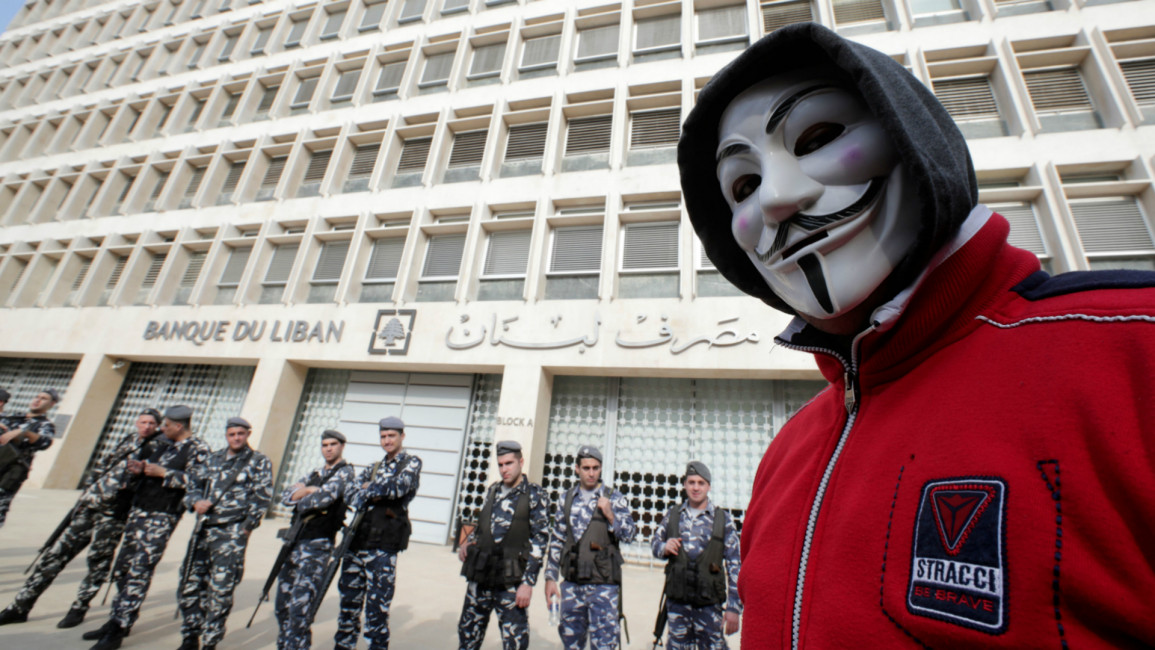Lebanon pound sinks to half official rate as country grapples with financial crisis
Lebanon has suffered its worst economic and financial crisis since a 1975-1990 civil war, resulting in recession, a plunge in foreign reserves and rising inflation.
A parallel market for the Lebanese pound emerged last summer for the first time since it was pegged against the greenback at a rate of 1,507 in 1997.
The market rate is now at "3,000 to 3,100 pounds to the US dollar", two currency dealers told AFP on Wednesday, on condition of anonymity.
A third foreign exchange bureau said it was using an exchange rate of 3,000 to the dollar.
Read also: IMF: Middle East set for huge economic hit from coronavirus lockdown
The steep depreciation comes despite the central bank in March attempting to enforce a ceiling for the parallel market at a 30-percent margin to the official rate, or around 2,000 to the dollar.
Twitter Post
|
Banks have since September imposed major restrictions on dollar withdrawals, before they stopped all dollar withdrawals late last month.
Commercial lenders said the closure of airports due to the spread of coronavirus made it impossible to import dollars.
That move provoked a plunge in the value of the local currency on the parallel market.
Banks have been accused of complicity with the political elite in building an unsustainable debt burden that last month saw Lebanon go into sovereign default for the first time.
The country's public debt is $92 billion, equivalent to 170 percent of GDP, one of the highest levels in the world.
Agencies contributed to this report.
Follow us on Facebook, Twitter and Instagram to stay connected



